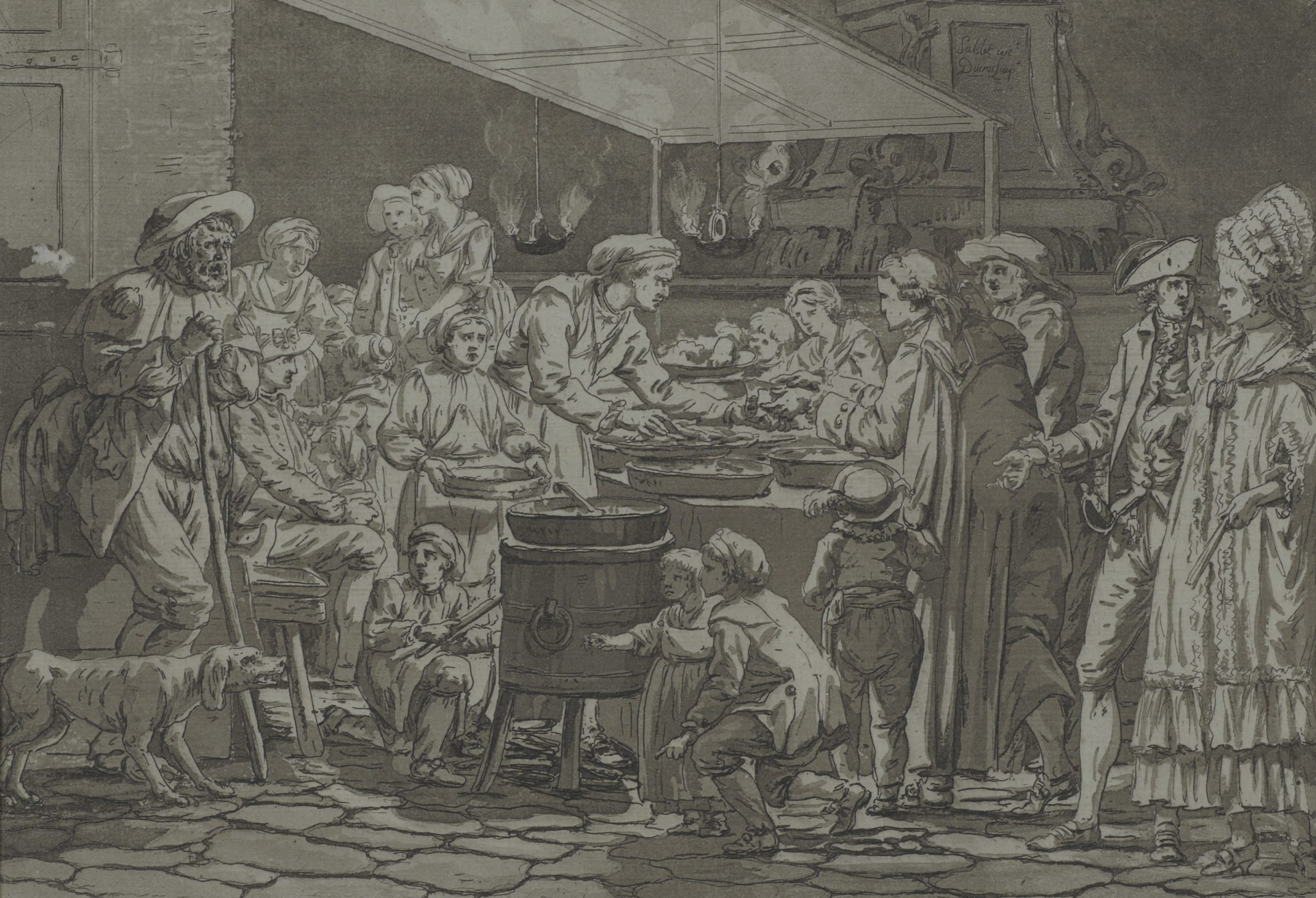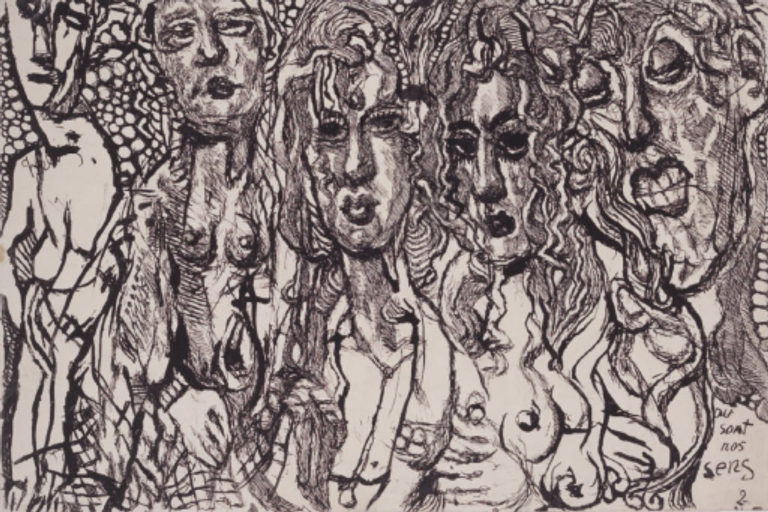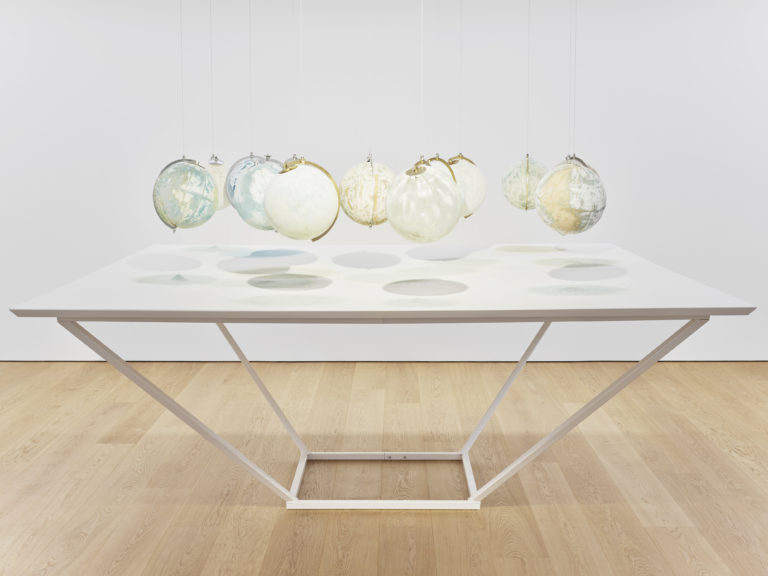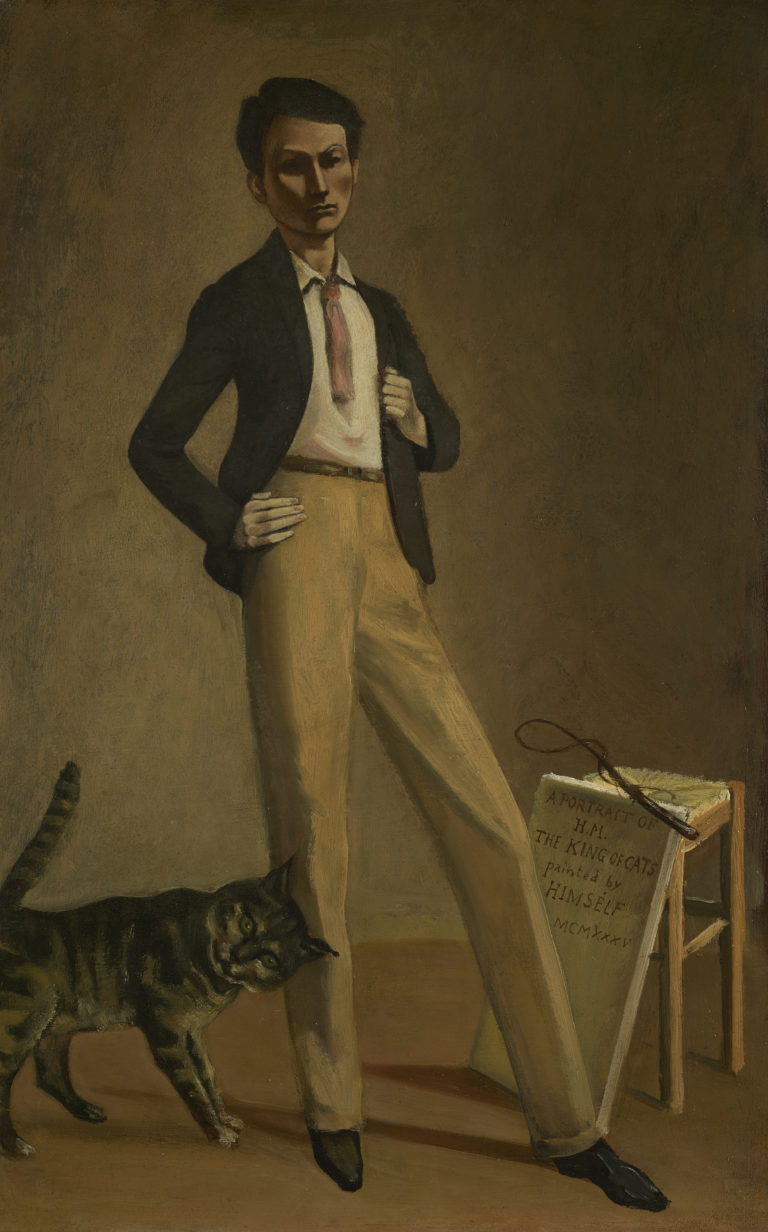Bibliography
Anne van de Sandt, Les frères Jacques et François Sablet. Collections du Musée des Beaux-Arts de Lausanne, Les Cahiers du Musée des Beaux-Arts de Lausanne n. 19, 2015: n. 6.
Catherine Lepdor and Elizabeth Fischer (eds.), Modes et tableaux: œuvres de la collection et costumes de 1700 aux années folles, Les Cahiers du Musée des Beaux-Arts de Lausanne n. 10, 2000: n. 79.
Anne van de Sandt et alii, Les frères Sablet (1775-1815). Peintures, dessins, gravures, exh. cat. Nantes, Musées départementaux de Loire-Atlantique, Lausanne, Musée cantonal des Beaux-Arts, Rome, Palazzo Braschi, Rome, Carte Segrete, 1985, n. 78.




In Rome, bustling street scenes featuring contemporaries in local costume became an increasingly successful genre in the latter half of the eighteenth century. Popular with tourists, they were a significant source of income for foreign artists such as Jacques Sablet and Louis Ducros, both natives of the canton of Vaud. The pair worked together in 1781-1782 to produce plain and coloured etchings.
This engraving is one of a series of twelve, entitled Scènes et costumes italiens (Italian Scenes and Costumes, 1781-2). It was engraved by Ducros to imitate wash, a technique perfected by Jean-Baptiste Le Prince to create the illusion of an original drawing. It depicts a frittatore, or ambulant fried food vendor, near the Pantheon fountain. The night-time scene, drawn by Sablet, plays with contrasts of shade and artificial light (aquatint excelled at such fine-grained details), and differences in social rank. On the left is a poor pilgrim, identifiable thanks to the scallop shell, the symbol of Santiago de Compostela, on his jacket. Opposite him is an aristocratic couple. The man has all the accoutrements associated with his status – a three-cornered hat, powdered wig, elaborate muslin cuffs and jabot, heeled and buckled shoes, and sword. His female companion has a tall bonnet and is wearing a hooped gown under a loose flounced coat, with a fan in her left hand. The centre of the composition showcases traditional Italian garb, with shirts, jackets, soft hats or straw hats for the men and gowns with whalebone corsets over undershirts and triangular scarves round their shoulders for the women. The street vendor, his assistants, and the women wear their hair tied up in headscarves.
Sablet and Ducros did not work together for long: they quarrelled over Scènes et costumes italiens and Sablet left their shared lodgings in Strada della Croce, moving in with the Genevan painter Jean-Pierre Saint-Ours in the Via Margutta instead.